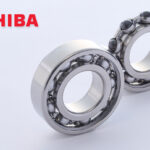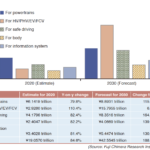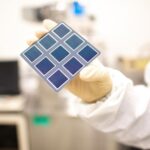ASIA ELECTRONICS INDUSTRYYOUR WINDOW TO SMART MANUFACTURING
New Toshiba Funding to Boost Si Nitride Ball Capacity
Toshiba Materials Co., Ltd. has announced a major investment in a new production facility. Hence, will significantly boost production capacity for silicon nitride balls. Moreover, the new facility will rise at the company’s Oita Operations in northern Kyushu, Japan.
Toshiba said the ¥7 billion project (approximately US$50 million) will go online in January 2026.
Continued advances in automobile electrification require performance improvements and solutions that go beyond higher voltage batteries and shorter charging times. Furthermore, one measure to improve performance is to integrate motors, inverters and decelerators. Although this increases the risk of electrolytic corrosion[1] in motor bearings[2], it is a problem that can be overcome with hybrid bearings with ceramic balls with steel inner and outer races. The added advantages of excellent strength, superior wear resistance and insulation properties are increasingly positioning ceramic balls as the solution of choice.

Essential to Electric Vehicles
Toshiba Materials is proactively investing in increased production of silicon nitride balls for electric vehicles.
In July 2022, the company announced a production expansion at its headquarters site in Yokohama. Most importantly, this move boosted production capacity by 50%. In addition, the project has a budget of over ¥5 billion yen (approx. US$38 million) and started operations in November 2023. This new production facility was the first phase of the expansion plan.
Thus, Toshiba Materials considered this new Oita facility as the next step of its expansion plan. When the new Oita facility reaches full capacity, production capabilities will be 2.5 times that of the 2022 level.
Toshiba Materials said it will continue to pursue stable supply of high quality products. Moreover, it will contribute to increased use of environmentally friendly electric vehicles where its silicon nitride balls are essential.

Notes
[1] Electrolytic corrosion: damage to a bearing caused by a current flowing through it.
[2] Bearing: A part that allows a shaft to rotate smoothly in a machine. In addition, formed with an inner race, balls, and outer race.
[3] Images used courtesy of Business Wire




